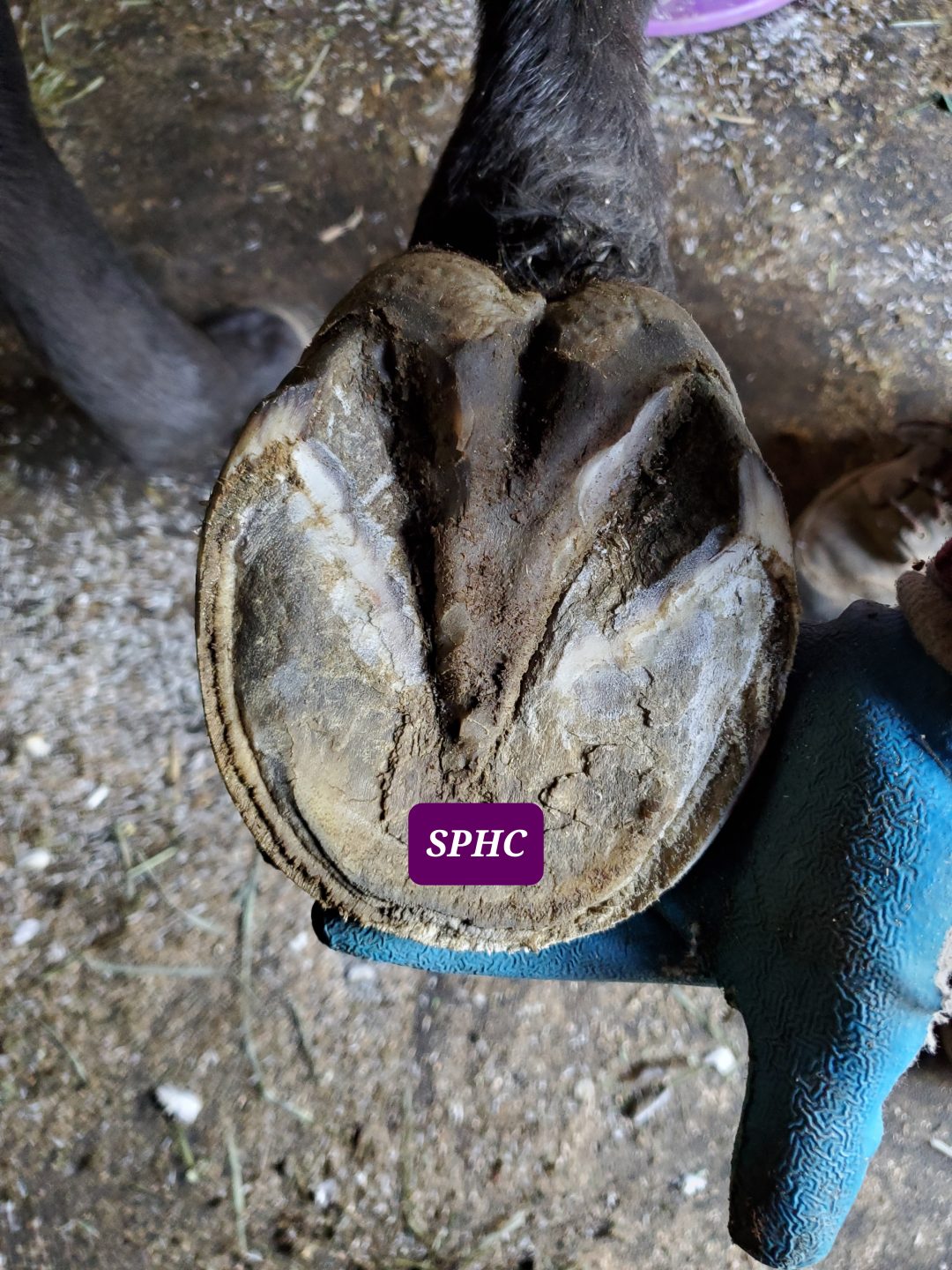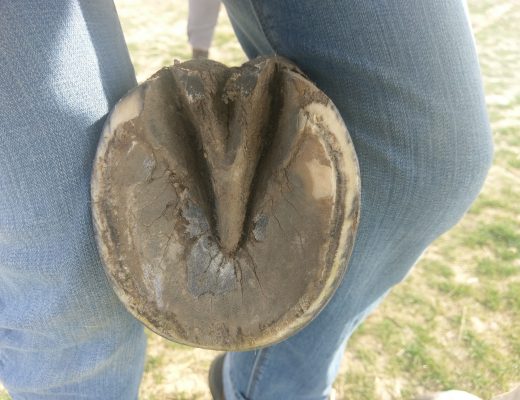This is a resource to share with my clients, but hopefully it is helpful to anyone!
For context, I am located in the PNW where we have mud and rain most months out of the year.
When to Use Hoof Armor:
I recommend Hoof Armor for horses who have thin soles, are transitioning out of shoes, have soreness on gravel/hard footing, or horses who are stalled too many hours of the day and dealing with persistent thrush. Hoof Armor helps protect and thicken the sole. One ingredient is an anti-microbial, so it is also very helpful for deep central sulcus infections, white line infection, toe cracks, and thrush.
Where to find Hoof Armor:
You can purchase a starter kit or refill tubes from their site directly here, from Valley Vet here, or from Riding Warehouse here.
What Else to Have On Hand:
The HA starter kit comes with application gun, tube of HA, gloves, and tips. You will also need your own extra gloves for future applications, a wire brush, cornstarch or soft fluffy shavings, and a hoofpick. You may also need a towel if hooves are damp.
*Find my favorite wire brush here.
Preparation Before Application:
If feet are muddy or damp, park on a mat or shavings to dry off.
Use a hoofpick, wire brush, and towel to clean feet completely.
Your horse will need to stand somewhere on soft, dry footing (dry dirt, stall with shavings, dry mats, etc) for 30-60 min for the Hoof Armor to dry/cure.
You preferably apply the Hoof Armor wherever that is so you don’t need to move them.
Load the HA tube in the application gun.
Remove the white cap and put a tip on.
Put your gloves on and you’re ready!
*HA application after a fresh trim is easiest because the hoof is already clean and trimmed up!
How to Apply Hoof Armor:
Hoof pick and wire brush off the whole bottom of the hoof. The goal is as clean and dry as possible.
Squeeze trigger on HA gun until some comes out of the tip – apply in collateral grooves and in a U shape on the sole around the frog.
Put the gun down on the ground and use a gloved hand to rub HA all around – cover everything on the bottom of the hoof.
Add more if you need any to cover a dry spot, but the thinnest layer possible is best.
Add cornstarch to the hoof if you’re placing onto a mat/concrete aisle.
Skip cornstarch if you’re placing hoof back down onto shavings/in stall.
Repeat on next hoof!
Storage + Pro Tips:
*If the gun seizes up, keep squeezing trigger in case a little bit set up in the tip. If nothing will come out, it’s time to replace your tip.
*Temperature affects the HA. Keep in a warm place during winter and cool place during summer. It will set up slower in the winter, faster in the summer.
*You get a gold star when you can apply HA to all 4 feet with one tip!
*When you’re done applying the HA, leave the tip on the gun and store that way.
*Add new tip for the next application.
How Often To Apply:
I recommend clients apply Hoof Armor anywhere from 1x/week – 1x/4 weeks. It depends on what issues we are trying to address. Each horse has their own prescription.
Why Hoof Armor?
I like Hoof Armor better than similarly marketed products like Durasole, Keratex, Tough Stuff, etc because it actually works. And it doesn’t have formeldahyde in it, which is not the best thing to apply to live tissue. And it doesn’t have genetian violet, so won’t stain your barn aisle or clothes. I also don’t like introducing those types of ingredients into the water supply or barn environment if it’s not necessary.
Other products market themselves as a sole “hardener.” But soles don’t need to be hard, they need to be thick and strong! Hard brittle soles are not strong. In the PNW, it’s easy to assume that hardening horse feet is the way to go, but some of the more caustic ingredients in some of the other products can harm live tissue, perpetuate the cycle of thrush, weaken soles, or simply be ineffective. I am not affiliated with Hoof Armor, I just love their product.
When Not To Use Hoof Armor:
I don’t recommend applying HA to a fresh abscess – wait until it has dried up.
I don’t recommend applying only HA if your horse is lame. They need boots, padding, glue ons, etc if they are that sore.
Hoof Armor has a cumulative affect over time with repeated applications, so it will not cause an instant change in soundness.
Most importantly, don’t use Hoof Armor while wearing your favorite clothes. It is a guarantee you’ll get some on you the first time you try, and it doesn’t come off!
Join the Hoof Armor Facebook group if you have questions or concerns.





No Comments